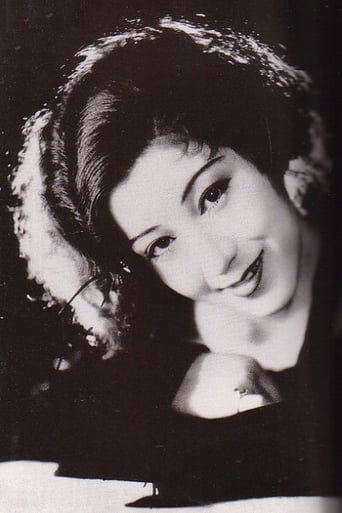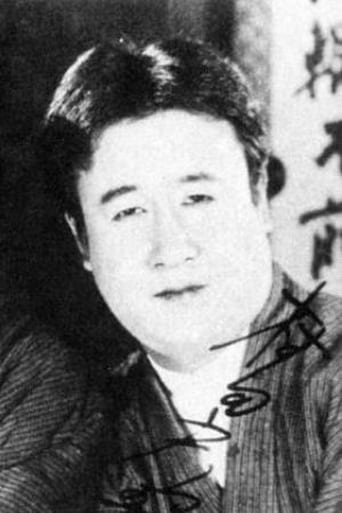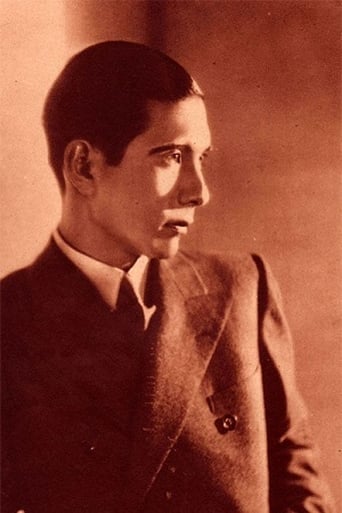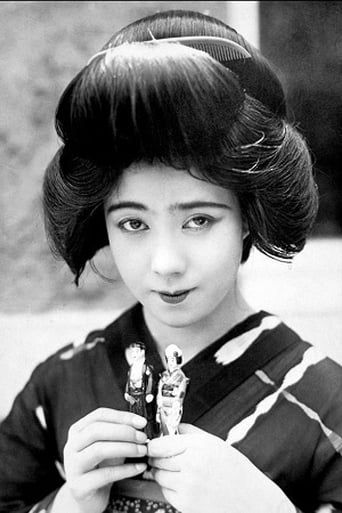F Gwynplaine MacIntyre
I saw an incomplete version of this Japanese movie in October 2005 at the Cinema Muto festival in Sacile, Italy. The festival screened a print from the National Film Centre, Tokyo that retained its original Japanese intertitles, with English subtitles added. The running time of this incomplete print was 25 minutes. The original feature's running time is believed to have been circa 100 minutes.The film's title is offered in English as "The 'Morning Sun' Shines", and those inverted commas are intentional. Apparently, in this case 'Morning Sun' refers to a Japanese newspaper.Apparently, this movie was originally a feature-length (fictional) journalism drama: a Japanese equivalent of all those Hollywood and British movies where a crusading reporter risks his life to get the story. Unlike most western versions of that premise, this Japanese drama added a heavy dose of documentary realism with lots of footage of typesetting, plate-making, galley-proofing and printing ... followed by delivery of the morning paper to news agents and the readers.The fictional narrative, in its surviving form, includes some shots of male reporters aboard an aeroplane and a boat as they view a fire aboard a ship called the 'Aurora'. There's also footage of the fictional reporters handing their copy to a motorbike courier, to ensure that the information reaches the presses in time for the morning edition.For unknown reasons, somewhere along the line, somebody saw fit to make radical cuts in this film, preserving most or all of the documentary footage about newspaper production, yet excising nearly all of the fictional framework. Given that decision, I've difficulty understanding why that unknown editor chose to leave ANY of the fictional footage intact. The surviving narrative fragments in this movie end up providing a distraction from documentary footage which I found utterly fascinating. My own background in journalism goes back to the days of rotary presses very similar to the ones shown in this movie, and I wanted to see more of them. Since I was cheated out of seeing the original fictional narrative of this movie, I would have enjoyed it much better if it had been edited into a straightforward documentary of Japanese newspaper production.Since the print which I viewed was heavily butchered, I can't guess the original film-makers' intentions ... and I shan't rate the version which I saw.




